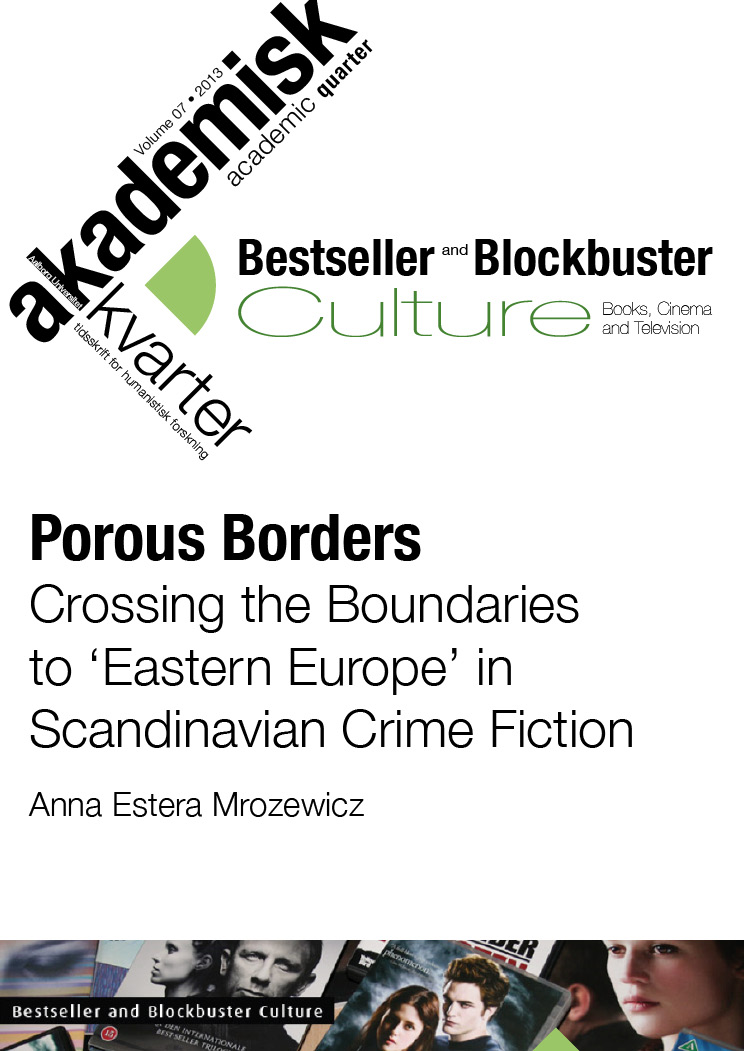Abstract | Abstract
In Scandinavian crime fiction, an implicit dynamics is noticeable between the adjacent worlds: Scandinavia and ‘Eastern Europe’. The author of the article approaches their relation using the two interrelated concepts of border and boundary (Casey, 2011). While borders are fixed and established by conventional agreements, boundaries are natural, perforated, and undermine the impenetrability of the border. Accordingly, two main strands are discernible within the representations of ‘Eastern Europe’ in Scandinavian crime fiction: a ‘border perspective’ and a ‘boundary perspective’. The first strand is rooted in the old world with pronounced national divisions, while the other anticipates a globalised world, involving a dynamic view of the relation between the neighbours across the Baltic. As the article attempts to demonstrate, the border/boundary distinction can be fruitfully applied to the analysis of the Scandinavian discourse on ‘Eastern Europe’ with all its implications.
